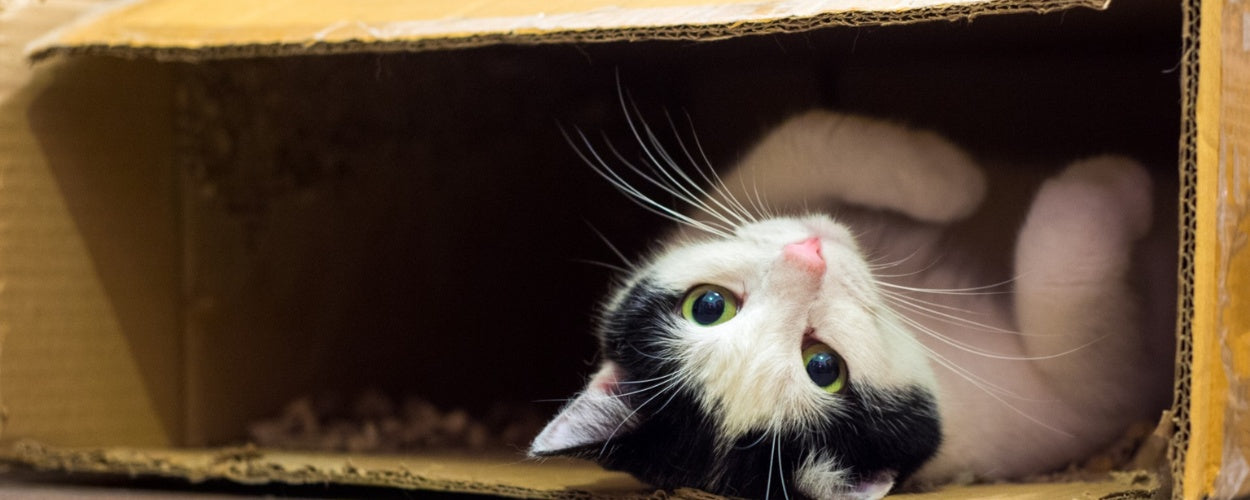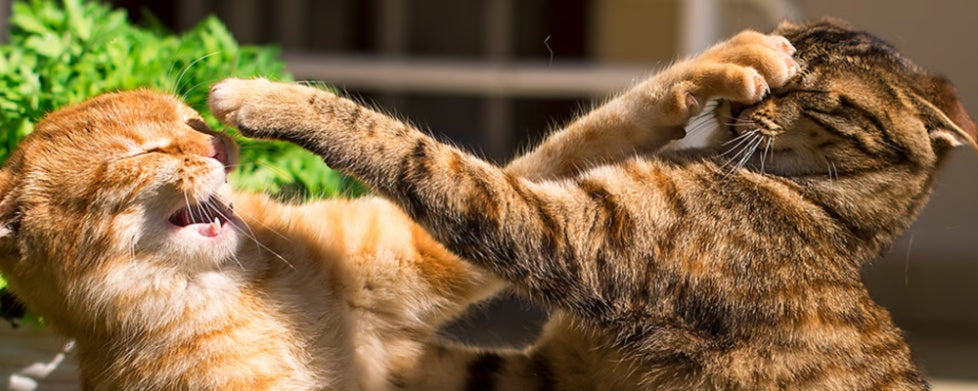Hair loss, or alopecia, in cats can be concerning for pet owners. Seeing your furry friend with bald patches, excessive grooming habits, or irritated skin may leave you wondering about the cause and solution. Hair loss is not a disease in itself but a symptom of an underlying issue. By understanding the common causes, symptoms, and treatments, you can take the necessary steps to restore your cat’s health and comfort.
Understanding Cat Hair Loss
Hair loss in cats can occur in localized patches or spread across larger areas of the body. It may result from physical conditions such as infections, parasites, or allergies, or psychological factors like stress or anxiety. In some cases, hair loss may be a sign of a more serious underlying health issue, such as hormonal imbalances or systemic diseases.
Hair loss can also be classified based on whether it is self-inflicted (from excessive grooming) or spontaneous (occurring without scratching or licking).
Common Causes of Hair Loss in Cats
1. Parasitic Infestations
Fleas, mites, and ticks are common culprits behind cat hair loss. Parasites cause intense itching, leading to excessive scratching, biting, or grooming that results in bald patches. Flea allergy dermatitis (FAD) is especially prevalent in cats allergic to flea saliva.
How to Help:
- Use veterinarian-recommended flea preventatives consistently.
- Treat your home environment to remove fleas, eggs, and larvae.
- If mites are present, your vet may prescribe medicated shampoos or antiparasitic treatments.
2. Allergies
Allergies are another frequent cause of feline hair loss. Cats can develop allergies to food, environmental factors (like pollen or dust mites), or flea bites. Allergic reactions often lead to itching and overgrooming.
How to Help:
- Work with your vet to identify the allergen through elimination diets or allergy testing.
- Use antihistamines or corticosteroids as prescribed to manage symptoms.
- Keep your home clean and allergen-free, and switch to hypoallergenic cat food if needed.
3. Fungal Infections
Ringworm is a contagious fungal infection that causes circular patches of hair loss accompanied by red, scaly skin. This condition spreads easily between animals and humans.
How to Help:
- Consult your veterinarian for a proper diagnosis and antifungal treatment plan.
- Isolate infected cats to prevent spreading.
- Clean and disinfect surfaces, bedding, and grooming tools to eliminate fungal spores.
4. Stress and Anxiety
Psychological factors like stress or anxiety can lead to a condition called psychogenic alopecia. Cats may excessively groom themselves as a coping mechanism, particularly on the belly, flanks, and legs.
How to Help:
- Identify and address potential stressors, such as changes in the home or lack of enrichment.
- Provide interactive toys, scratching posts, and safe spaces to reduce anxiety.
- Consider calming aids like Feliway diffusers or vet-prescribed anti-anxiety medications if needed.
5. Hormonal Imbalances
Hormonal disorders, such as hypothyroidism or hyperthyroidism, can disrupt normal hair growth cycles, leading to thinning or hair loss. Cushing’s disease (caused by excessive cortisol production) is another rare but possible cause.
How to Help:
- Have your vet perform blood work and hormonal testing to identify any imbalances.
- Treat the underlying condition with medications or dietary adjustments as recommended by your veterinarian.
6. Pain-Induced Overgrooming
Cats experiencing pain, such as arthritis or cystitis (bladder inflammation), may overgroom specific areas, causing localized hair loss.
How to Help:
- Look for signs of discomfort, such as limping, changes in posture, or reluctance to jump.
- Consult your veterinarian for pain management solutions, which may include anti-inflammatory medications or environmental adjustments.
7. Nutritional Deficiencies
A poor diet lacking essential nutrients like omega-3 fatty acids can result in a dull coat, brittle fur, and hair loss. Cats require a balanced diet to maintain healthy skin and fur.
How to Help:
- Switch to a high-quality, balanced cat food rich in essential nutrients.
- Add vet-recommended supplements, such as omega-3 fatty acids, to improve coat health.
Symptoms to Watch For
If your cat is losing hair, look for additional symptoms that may help pinpoint the cause:
- Bald patches or thinning fur
- Red, inflamed, or scaly skin
- Excessive grooming, scratching, or licking
- Scabs, sores, or crusty lesions
- Behavioral changes like irritability or lethargy
Observing these signs and sharing them with your veterinarian will aid in diagnosing the issue.
Diagnosing Hair Loss
A thorough veterinary examination is essential for identifying the underlying cause of hair loss. Diagnostics may include:
- Physical Examination: To assess skin condition and identify parasites.
- Skin Scrapings or Cultures: To detect fungal infections or mites.
- Blood Tests: To evaluate thyroid function or other systemic issues.
- Dietary Trials: To rule out food allergies.
- Urinalysis: To check for conditions like cystitis.
Treatment Options
The treatment for cat hair loss depends on the underlying cause:
- Parasitic Infestations: Use flea preventatives and antiparasitic medications.
- Allergies: Manage with dietary changes, environmental adjustments, or medication.
- Fungal Infections: Apply antifungal creams, shampoos, or oral medications as prescribed.
- Stress-Related Hair Loss: Reduce stressors and provide environmental enrichment.
- Hormonal Disorders: Use medications to correct imbalances or treat underlying diseases.
- Nutritional Deficiencies: Improve your cat’s diet and add supplements as needed.
Preventing Hair Loss in Cats
Preventive care can go a long way in maintaining your cat’s coat and skin health:
- Regular Parasite Control: Use vet-approved flea and tick preventatives year-round.
- Balanced Diet: Provide high-quality, nutrient-rich food tailored to your cat’s needs.
- Reduce Stress: Ensure a stable environment and engage your cat with interactive play.
- Routine Grooming: Brush your cat regularly to remove loose fur and maintain coat health.
- Regular Veterinary Visits: Schedule check-ups to catch potential issues early.
When to See a Veterinarian
While some causes of hair loss are mild and manageable, others may indicate serious health problems. Consult your veterinarian if:
- The hair loss is severe or spreading.
- There are signs of infection, such as swelling, pus, or redness.
- Your cat appears to be in pain or distress.
- Symptoms persist despite at-home care.
A veterinarian can provide a definitive diagnosis and guide you toward the best course of treatment.
Final Thoughts
Hair loss in cats can be caused by a wide range of factors, from parasites and allergies to stress and medical conditions. Identifying the root cause is key to ensuring your cat receives the appropriate treatment and care. By maintaining a clean, stress-free environment, providing a balanced diet, and addressing health concerns promptly, you can help your cat maintain a healthy coat and overall well-being.
Remember, your veterinarian is your best resource for diagnosing and treating hair loss in your feline companion. With the right approach, you can restore your cat’s coat to its full glory and keep them comfortable and happy.








